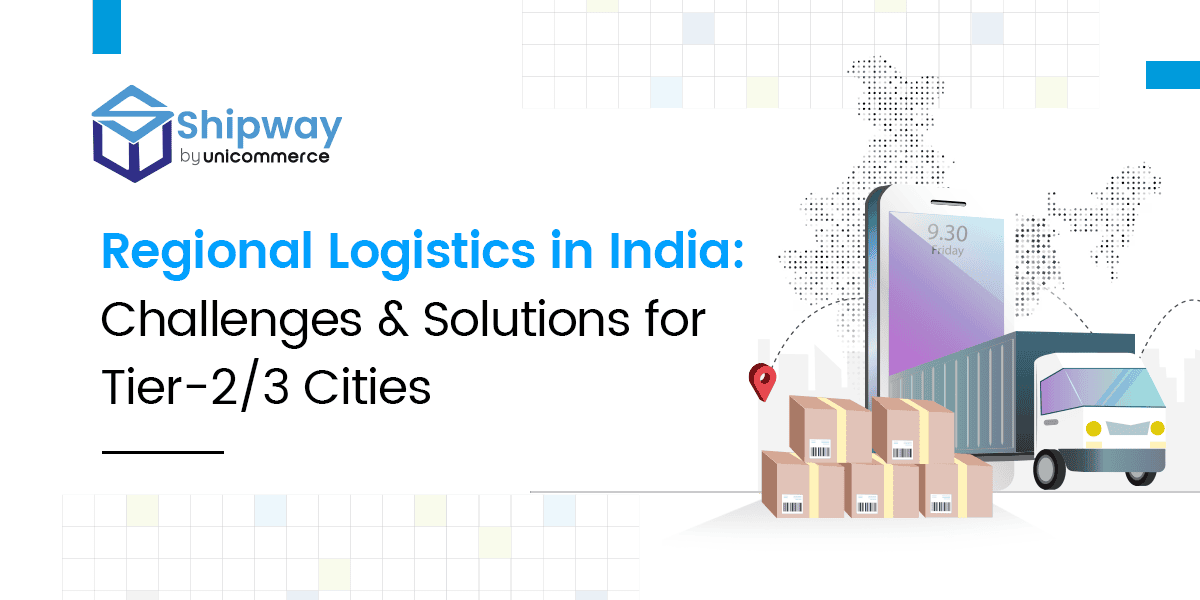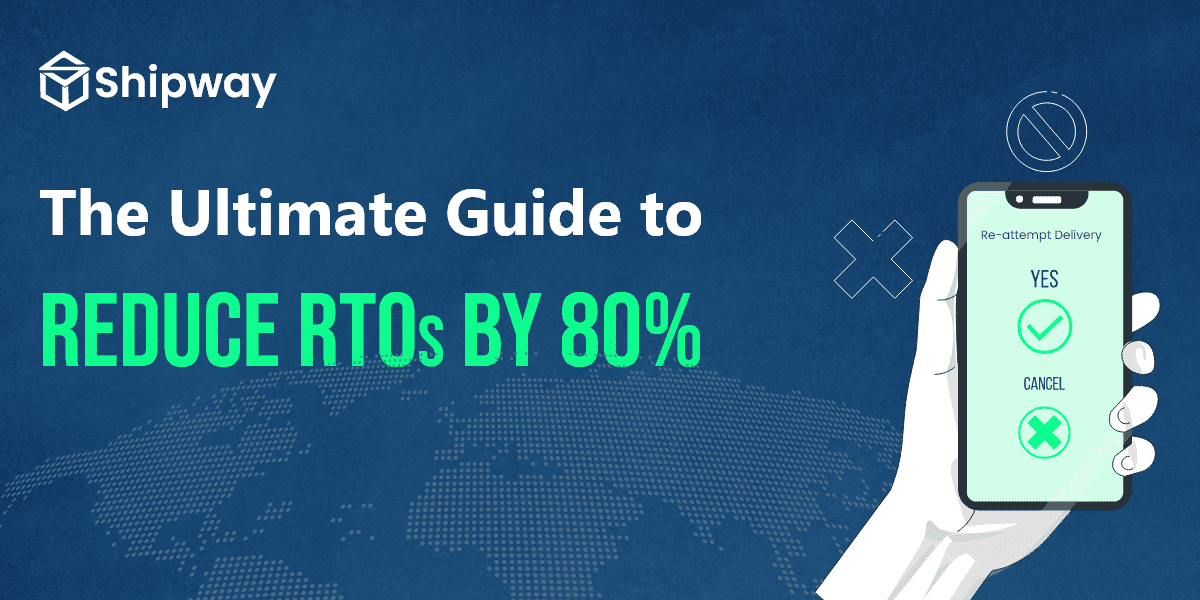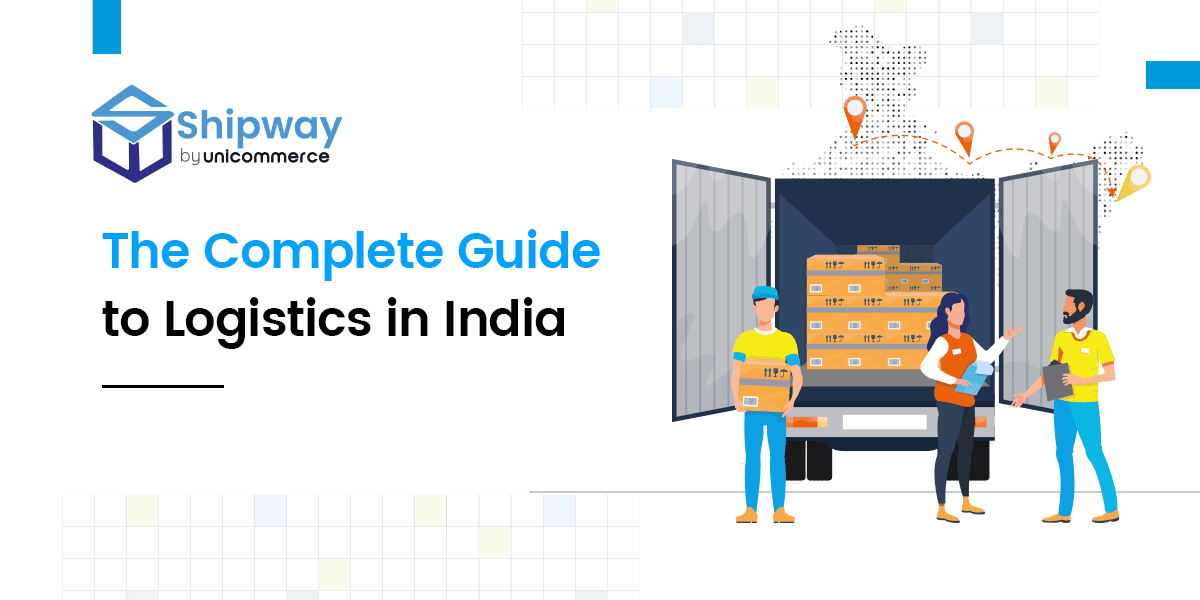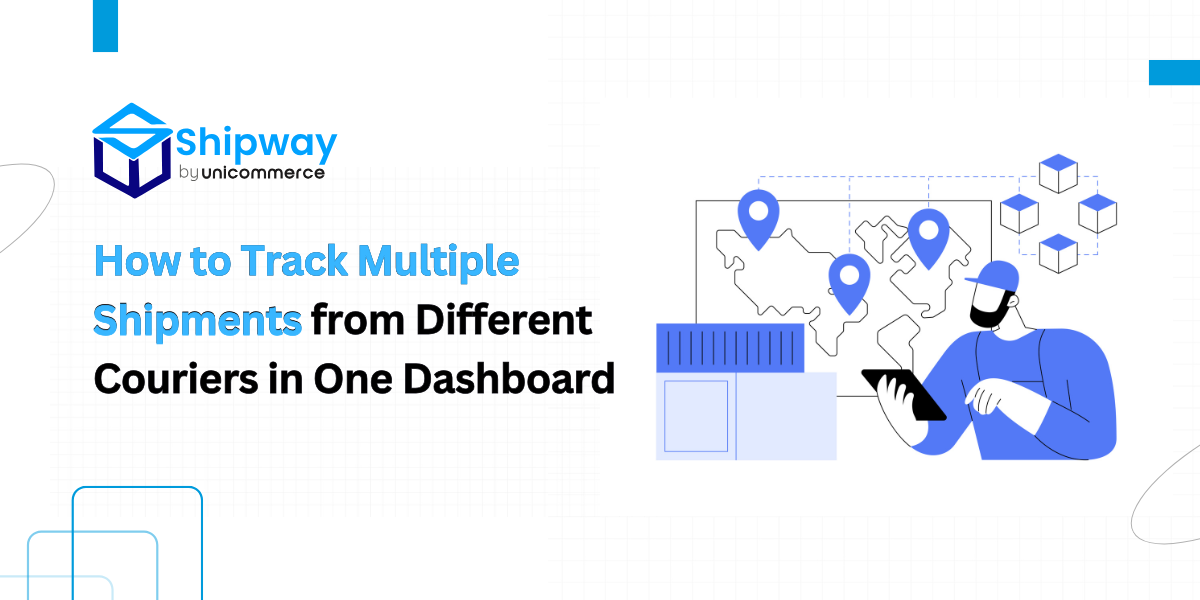E-commerce in India is no longer confined to metro cities; it is witnessing its strongest wave of growth in Tier 2 and Tier 3 cities. With the growing appetite for digital convenience among consumers, these cities are emerging as the new hubs of entrepreneurship. For instance, artisans in Jaipur are taking their famous block-printed bedsheets and blue pottery to households across India through online platforms, while sellers from Chandigarh are building a niche in ethnic apparel by offering customized embroidered dupattas and suits. Similarly, snack makers from Indore are scaling their namkeen businesses beyond local markets by tapping into e-commerce. These examples highlight how entrepreneurs in smaller cities are rewriting growth stories with technology as their enabler.
E-commerce is clearly booming in Tier 2 and 3 cities, though the journey isn’t without challenges along the way. From delivery delays due to patchy logistics, to gaps in digital know-how and infrastructure, entrepreneurs here still face roadblocks that need to be solved for this growth to truly sustain. Let’s begin by understanding some basic infrastructural challenges.
Infrastructure Gaps in Tier-2/3 Cities
Poor Transportation Hampers Supply Chain
In India, nearly 60% of freight movement takes place via road. However, inadequate road and port infrastructure, coupled with rising urban congestion, continues to hamper logistics operations. These inefficiencies are estimated to cost the economy nearly $22 billion every year in wasted fuel and lost productivity.
Lack of Fulfillment Centres Compared to Metro Cities
As e-commerce and omnichannel operations have gained momentum in cities like Ambala, Lucknow, Siliguri, Guwahati, Jaipur, Kochi, and Coimbatore, the demand for modern warehousing has also surged. However, these cities face several constraints when it comes to meeting this rising need. Limited availability of Grade A warehouse spaces, high real estate costs in urban clusters, inadequate road connectivity, and a shortage of skilled manpower often hinder efficient operations. Additionally, poor infrastructure for cold storage and technology adoption creates further challenges, making it difficult for businesses to scale seamlessly in these regions.
Lack of Last-Mile Connectivity
With rising internet penetration and increasing exposure to e-commerce platforms like Amazon and Myntra, demand is now coming not only from Tier 2 and 3 cities but also from surrounding rural and remote areas. In fact, as highlighted in Unicommerce’s Festive Season Report, Tier 2 and 3 cities have emerged as the major drivers of India’s e-commerce growth. However, fulfilling this demand remains a challenge, as many of these far-flung locations lack proper road infrastructure, are situated at longer distances from distribution hubs, and have limited logistics service coverage. These factors directly impact last-mile delivery, causing frequent delays, higher costs, and reduced efficiency in ensuring timely customer satisfaction.
Other Major Regional Challenges
COD Overrule: The Touch & Feel Factor
Consumers in Tier 2 and 3 cities still prefer a sense of physical validation before committing to a purchase. Trust issues with online transactions mean that many shoppers like to pay only after receiving the product. As per reports, over 35% of consumers in these regions opt for Cash on Delivery (COD). While this builds comfort for buyers, it often impacts cash flow for sellers, delaying revenue cycles and increasing the risk of returns.
Serviceability: limited Pincode Coverage
Serviceability is a major factor because of geographical challenges and poor connecting roads in many Tier 2 and 3 regions. The demand may be high from these areas, but it holds little value if businesses are not able to fulfill it. This is where having a strong courier partner makes a difference, helping brands expand their reach, ensure timely deliveries, and build trust with customers in hard-to-reach markets.
Higher Returns and Frauds
Returns in Tier 2 and 3 cities are 20–30% higher compared to metros, largely due to wrong or incomplete addresses, fraudulent orders, and undelivered COD shipments. Added to this is the higher delivery cost per package, as the lack of order consolidation makes last-mile logistics even more expensive for sellers.
Weak Courier Network
Courier performance often differs in smaller towns due to the lack of specialized last-mile delivery partners and fewer courier tie-ups, which increases dependency on local logistics players. This leads to inconsistent service levels and delays. That’s where courier aggregators like Shipway step in, bridging the gap by offering brands access to multiple courier options, wider serviceability, and better reliability.
Shipway’s Role in Strengthening Tier 2 & 3 E-commerce Logistics
Fraud Detection/ Address Validation
Shipway uses AI-based fraud detection to address the rising problem of fake and fraudulent orders in Tier 2 and 3 markets. The system detects both COD fraud and intent-based fraud, and categorizes orders by risk level (high, medium, low). This helps sellers take timely action, reduce return losses, and safeguard their cash flow.
Courier Recommendation
ShipSense provides courier-based recommendations using AI to ensure every order is shipped with the most suitable partner. The system analyzes parameters like delivery speed, serviceability, past performance, and cost, and then automatically allocates the best courier for the shipment. This not only improves delivery success rates but also saves time and reduces manual effort for sellers.
RTO Reduction Suite
Shipway ensures proactive communication at every stage, from order confirmation to delivery updates and refund notifications, through SMS, WhatsApp, and email. It also verifies COD orders instantly before dispatch, and if an order is not delivered, buyers can easily request a re-attempt through the branded tracking page.
Returns Management
Shipway simplifies return management by integrating with major carriers to enable smooth reverse pick-ups. Sellers can track courier performance on multiple parameters and identify reasons for return failures, while proactive SMS and WhatsApp alerts increase the chances of successful pick-ups. Customers also get transparency with real-time updates on return approvals or rejections, and the option to cancel requests before pickup approval, making the entire returns process faster, more efficient, and customer-friendly.
Wrapping Up
Tier 2 and 3 cities are fast emerging as the backbone of India’s e-commerce growth, fueled by rising digital adoption and expanding consumer demand. Yet, sellers in these regions continue to struggle with infrastructure gaps, poor last-mile connectivity, higher returns, and COD-led cash flow challenges.
This is where solutions like Shipway become crucial. From AI-based fraud detection and address validation to courier recommendations and RTO reduction, Shipway helps sellers tackle the exact challenges that Tier 2 and 3 businesses face. Its return management suite further ensures smoother reverse logistics, while proactive communication builds customer trust—ultimately empowering brands to scale seamlessly in these emerging markets.
The future of e-commerce lies in Tier 2 and 3 cities, and overcoming logistics challenges will decide how quickly businesses can tap into this massive opportunity. With the right partner like Shipway, sellers can not only reach these high-demand regions but also deliver with speed, accuracy, and confidence. Ready to streamline your logistics and reduce COD risks in Tier 2 & 3 markets? Get started with Shipway today.
What are the biggest logistics challenges in Tier-2 and Tier-3 cities in India?
The main logistics challenges in Tier-2/3 cities include poor infrastructure, limited courier networks, delayed COD remittances, higher return-to-origin (RTO) rates, and serviceability issues due to fewer pin codes being covered.
Why are RTO rates higher in Tier-2 and Tier-3 cities compared to metros?
RTO rates are higher in Tier-2/3 cities due to incorrect addresses, lack of address validation, higher dependency on cash-on-delivery (COD), and fewer courier options. These factors increase undelivered orders and returns.
How can e-commerce sellers reduce logistics costs in Tier-2/3 cities?
E-commerce sellers can reduce logistics costs by using a courier recommendation engine, address validation tools, automated COD verification, and multi-courier integrations to improve delivery success rates and lower RTOs.
Which courier companies have strong networks in Tier-2/3 cities?
Couriers like Delhivery, Xpressbees, Ekart, and India Post have relatively strong coverage in Tier-2/3 cities, but performance varies by region. Sellers often benefit from using shipping aggregator platforms like Shipway that optimize courier selection.
How does technology help solve logistics challenges in smaller towns?
Technology helps by enabling AI-based fraud detection, automated NDR follow-ups, address validation, courier recommendation engines, and faster COD remittances, all of which improve logistics efficiency in Tier-2/3 cities.





